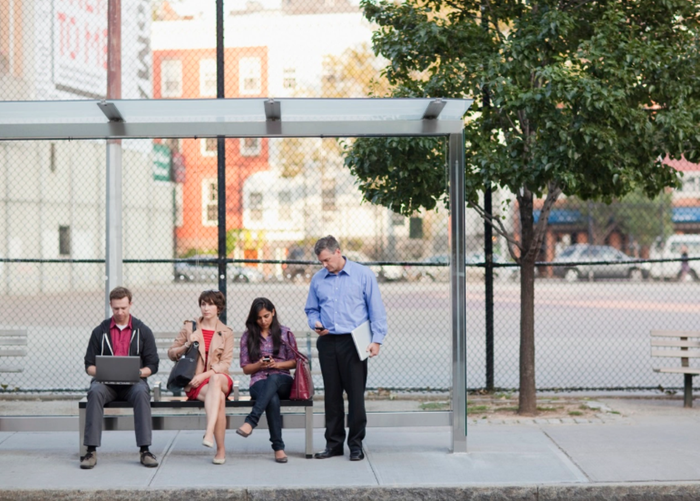Robo-Trucks Are Where Self-Driving Revolution BeginsRobo-Trucks Are Where Self-Driving Revolution Begins
The United States Postal Service’s pilot program with self-driving truck start-up TuSimple helps steer 18-wheelers hauling U.S. mail from Arizona to Texas, with minimum human intervention.
May 28, 2019

By TU-Automotive Staff
Neither snow nor rain nor heat nor gloom of night might stay the couriers of the United States Postal Service but self-driving trucks may soon.
Last week the USPS launched a pilot with self-driving truck start-up TuSimple in which robots will steer big rigs full of U.S. mail from Phoenix, Arizona, to Dallas, Texas, with minimal human intervention. Both a driver and an engineer will be on-board in case of emergency and to help steer the 18-wheelers on surface streets but, otherwise, the trucks and the mail will be flying solo. That’s a first in U.S. history.
There’s been an up-swell of awareness in 2019 that self-driving cars may not be the imminent revolution they seemed to be back in 2018, when Waymo was about to launch its first commercial service. General Motors’ Cruise was promising the same. Every carmaker under the moon was pushing forward its self-imposed deadlines for delivering self-driving cars. Now, just a year later, everything feels different. Waymo has launched a commercial service but the roll-out has been slow and limited and no one is using it save for a pilot cohort of passengers who enjoy large incentives. Tack on another Tesla Autopilot death and carmakers like Ford are now pushing back deadlines owing to cost and safety concerns. An imminent revolution this is not.
Which brings us back to trucks, now always the odds on favorite to be where self-driving tech first broke through in a big way. As the last decade has proven, robo-cars and robo-trucks perform best on highways, on familiar routes with few lane changes and unpredictable events besieging them. Also, there’s the cost factor. Truck driver is one of the most common jobs in America; in fact, in 29 states, including California and Texas, it is the most common job. American truck drivers number more than 3 million, and the truck industry as a whole employs more than seven million Americans. As much as truckers hate to hear it, that’s a lot of loot that freight companies can save if robo-trucks go mainstream.
The U.S. Postal Service has lost money every year for more than a decade. It needs a radical shift in business model to change that reality, and robo-trucks might be the answer. The TuSimple pilot will last two weeks and will include five round trips between Phoenix and Dallas. One of the most interesting features of TuSimple’s self-driving trucks is a set of forward-facing cameras on the cab that use “computer vision” to scan for objects up to 1,000 meters ahead on the road. TuSimple’s competitors in the robo-truck space can’t come close to that, nor can Waymo or other start-ups that lean heavily on LiDAR.
It raises the question if cameras and computer vision might be more feasible than LiDAR in the long run, given how expensive the latter has proven to integrate into self-driving vehicles. LiDAR uses lasers, rather than cameras, to measure the distance between a vehicle and surrounding objects and then produces detailed 3D maps of the nearby surroundings. It’s often called “the eyes” of self-driving cars and has become table stakes for any serious contender in the self-driving race these days.
Just last week self-driving start-up Aurora, which recently raked in $530M in funding from the likes of Amazon, turned around and used that money to purchase LiDAR maker Blackmore. Aurora follows in the wake of Ford’s Argo AI, which purchased LiDAR maker Princeton Lightwave in 2017. That same year GM Cruise purchased LiDAR maker Strobe.
The list goes on. The more time and money that companies like these invest into LiDAR, naturally the cheaper it will get. It may never be able to rival a camera-based solution like TuSimple’s, however. We’ll see how the trial goes in the Southwest. Your mailbox may be the next stop.
You May Also Like






